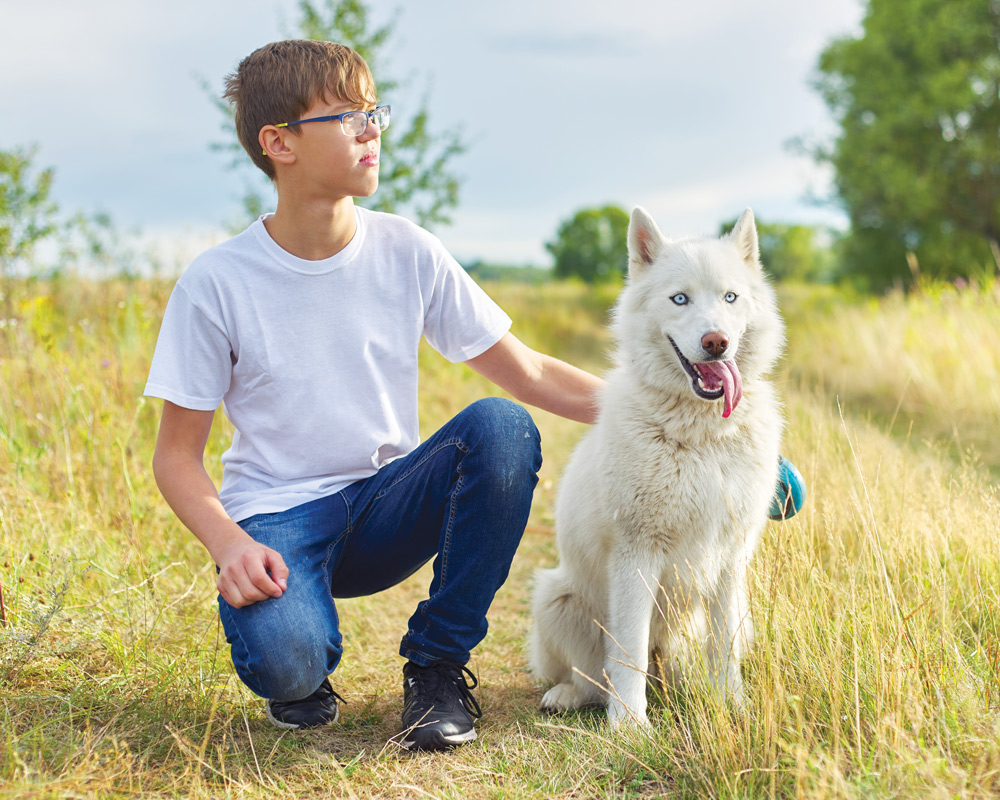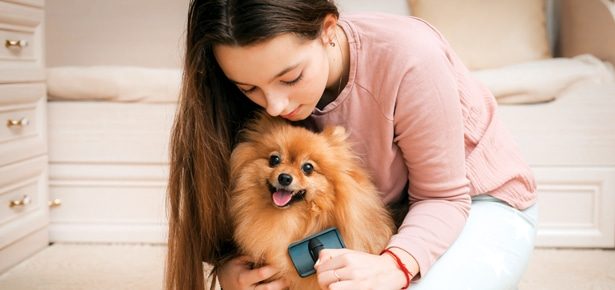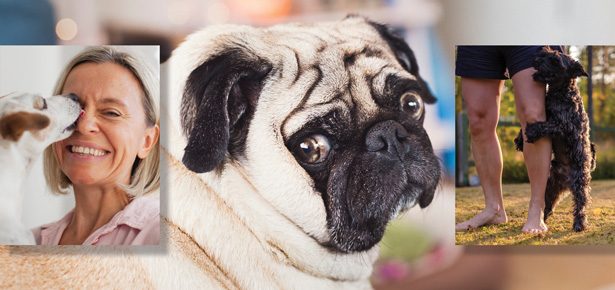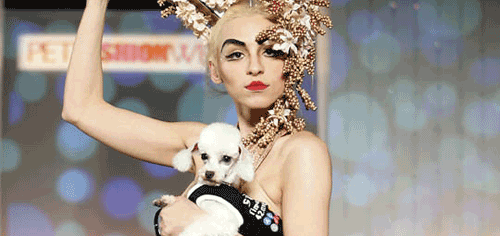

Young Dogs Disobey Their Human “Parents,” Much Like Teenagers
Adolescent dogs have similar ‘behavioural challenges’ as teenage humans: study
According to a new study, dogs going through puberty can become disobedient—just like many human teenagers. The good news? Your pup’s misbehaviour during adolescence is normal and a passing phase.
The study, published in The Royal Society journal Biology Letters and titled “Teenage dogs? Evidence for adolescent-phase conflict behaviour and an association between attachment to humans and pubertal timing in the domestic dog” found striking similarities.
The study’s co-author, Dr. Naomi Harvey, a zoologist with a specialty in companion animal behaviour and welfare, told Modern Dog magazine that it’s crucial for new dog owners to be aware of this passing phase “because sadly, the peak age when dogs are abandoned and end up in animal shelters is before they are one year old.”
Dr. Harvey said that while adolescence is a vulnerable time for parent-child relationships in humans, little has been documented about dog-owner relationships during this time.
“The teenage brain undergoes huge changes that impact behaviour, reducing impulse control and heightening emotions,” Dr. Harvey said. “Our theory was that behavioural challenges at this time could strain the dog-owner relationship, potentially increasing risk of relinquishment or future behaviour problems.
“Speak to many dog owners or trainers and they’ll tell you they’ve witnessed behavioural breakdowns in adolescent dogs, but such changes haven’t been documented scientifically before now,” she said.
Dr. Harvey said her team’s research included collecting behavioural data on trainee guide dogs during their first year of life, then using that information to see whether dogs show a breakdown of obedience towards their owners when they go through puberty, and if there are similarities to human adolescence.
“We collected behavioural data on 285 of them [puppies] when they were 5 months (pre-puberty), 8 months (during puberty) and 12 months (post-puberty) of age using various means including validated behaviour questionnaires, completed both by their human ‘owner’ (a Guide Dogs volunteer who lives with the dogs and raises them in their homes) and their Guide Dogs puppy training supervisor,” explains Dr. Harvey.
Researchers found what most dog owners report: The dogs did become less obedient during puberty and that this was just a passing phase.
“What might surprise some people though is that we found this reduction in obedience was socially specific,” Dr. Harvey said. “They only behaved worse for their owners during puberty, as they still behaved well for other people—much like how human teenagers might behave poorly for their parents but well for strangers.”
From a scientific standpoint, Dr. Harvey said there was one finding that was particularly exciting—an owner’s relationship with their dog has a physical impact on the animal’s development.
“The dogs who had signs of what we call an ‘insecure-attachment’ to their people,” which Dr. Harvey explains is characterized by the animal following the person all the time and high levels of attention seeking, “entered puberty when they were younger than dogs with more secure attachments.”
Dr. Harvey said this discovery “parallels what human psychologists have reported when they look at parent-child relationships and puberty timing, but in this case the effect is across species, with the human in the role of the parent and the dog as the child.”
Join the newsletter and never miss out on dog content again!
"*" indicates required fields
By clicking the arrow, you agree to our web Terms of Use and Privacy & Cookie Policy. Easy unsubscribe links are provided in every email.






